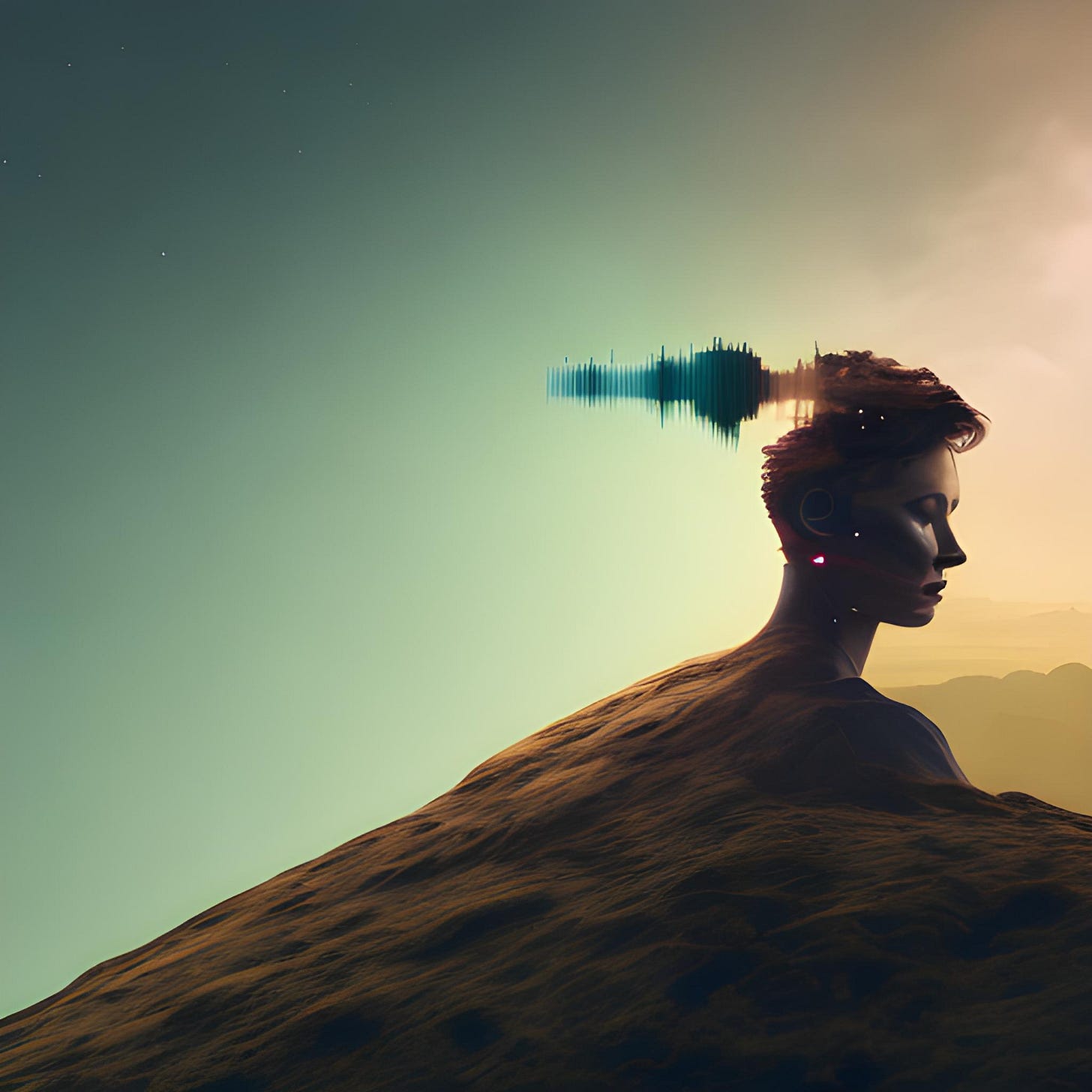How generative AI changes the creative tool landscape

We had one unavoidable, pervasive C-word from 2020 to 2022, and now we have another in 2023: ChatGPT. It pops up in every interview and every conversation, even when the topic has nothing to do with AI. So let’s just run with it.
Unfortunately, I can't tell you what the influence of generative AI will be on digital creative tools. Nobody knows. Even inventors don't fully understand the impact of their inventions. Steve Jobs didn't want an App Store.
But we can make a few educated guesses.
1. Creators will need new skills
AI multiplies the power of digital creative tools the way electricity multiplied the power of hand tools. Creator output will skyrocket. However, the real superpower will be mixing the creator's unique perspective with the AI model’s output.
Humans working without AI assistance won't be productive enough to compete. Humans copy-pasting ChatGPT outputs without adding their own vision won't be interesting enough to notice. The most successful creators leveraging AI will be human-machine hybrids.
However, there aren't yet great creative tools supporting this workflow. The ideal flow may look a little bit like an airplane's autopilot: the human takes off (initial idea) and lands (final refinement) but all the flying in the middle is done by the machine. Creators will have to get used to being "player-coaches" at best—the skills that apply here are more those of the creative director than the production artist.
Taste will become paramount. With the production bottleneck eased, the new bottleneck will be in curation. Even skilled creators who fail to curate well will suffer as it becomes hard to distinguish their great work from their merely adequate stuff. Tools for rapidly curating massive generative output will become central to the creative workflow.
2. The creative tool landscape will evolve fast
We will see simultaneous fragmentation and unification of creative toolkits. Alasdair Monk, VP of Design at Vercel, suspects that we're at the tail end of the dominance of "all-in-one" tool platforms like Figma for digital design. Instead, we’re about to see a proliferation of many special-purpose tools, unified by AI-based glue workflows and customized to the individual and use case. Imagine Zapier, but for everything.
Once patterns settle down in 5–10 years, we may see a re-consolidation around a few common ways of doing things, but the next decade or so will be the Wild West. This represents a huge opportunity for companies building creative tools to explore boundaries and set precedents.
There will be less ecosystem advantage, less platform lock-in, and less incentive to build "suite" tools designed to work really well together—because everything will work really well together. Instead, there will be more incentive to specialize, with tool builders designing tools within a domain or technology platform that they have extreme expertise in. For creative tool users, this means more "best of breed" solutions, but fewer obvious choices.
3. Creator careers will be turned upside down
In the coming months and years, it is going to get much harder to hire good creators in domains where you don't have technical expertise, because the cost of faking competence is dropping to zero. (Of course, the definition of "faking" itself will also evolve—if you're expected to leverage AI to be productive at work, then shouldn't you be expected to use AI during your interviews too?) Creator portfolios will have to focus even more on impact than in the past. Compelling and unique narratives will be key to self-marketing.
AI-assisted tools may also reduce the disadvantage in being a super-specialized lone wolf. By filling in skill blanks, and by providing greater raw productive power, generative AI tools may lead to an increase in the number of creators finding it more favorable to work independently, rather than inside larger companies. Before, you often had to work with others in adjacent areas to create value; a front-end web developer needs someone with backend skills to launch an app, and someone with marketing skills to drive adoption. Now, much of the work outside your specialty can be automated, at least to a baseline level of quality.
Through all this, the unique voice of the creator risks being lost. Creators must be careful to maintain a consistent voice and style that is recognizably them, and which can be recognized by the audience. Creators must always find a way to put their imprint on the final product. This will be critical in maintaining their marketability as AI tools increase in sophistication and quality.
Finally, this all is mostly limited to digital creators. I've been building digital tools for years, so I'm at least somewhat confident in my predictions above. I have no real sense of what the impact of AI will be on creators in non-digital spaces. Painting, sculpture, industrial design, music performance, handicrafts—will AI come for them in the same way? Will consumers seek refuge in the harder-to-GPT analog world? If you have some knowledge in this domain, let me know in the comments (open to both free and paid subscribers for this one).
No pithy conclusion. This shit is crazy.
~ Geordie


